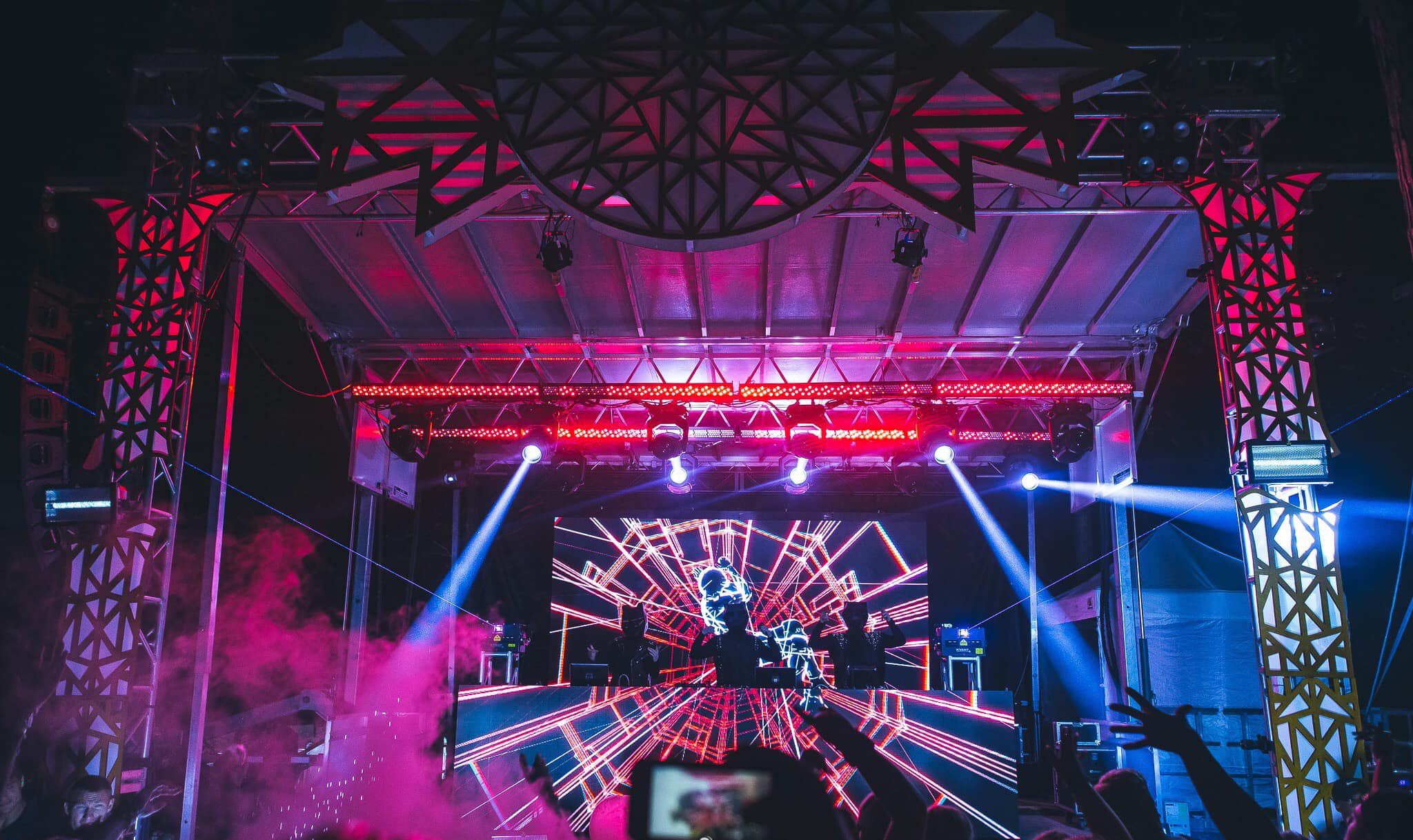Grasping the Typical Causes of Light Emitting Wall Display Failure
Wiki Article

LED panel panels are commonly used in various environments, ranging from advertisements to residential cinemas. These panels are favored because they deliver vivid and vibrant visuals while being power-saving. However, similar to all electronic gadgets, LED panel panels can experience malfunctions. Comprehending the common reasons of these malfunctions is important for maintaining their functionality and ensuring longevity. This piece explores several critical elements that can contribute to the malfunctioning of LED wall screens.
One of the primary common reasons of failure in LED wall screens is overheating. LED systems generates heat during use, and if this heat is not adequately managed, it can damage internal components. Poor airflow or insufficient cooling mechanisms can exacerbate the problem. When the heat increases beyond the recommended levels, it can lead to reduced brightness, color deviation, or total failure of the panel. Regular care, including cleaning air vents and maintaining adequate airflow, can help prevent overheating and extend the life of the screen.
Another significant factor contributing to LED panel screen malfunction is power surges. Fluctuations in the power supply can cause damage to electronic components within the panel. Sudden jumps in voltage can cause to burnt circuit breakers or faulty click here for more info circuits, leading in non-functional screens. Using voltage protectors and power regulators can mitigate this threat by stabilizing the electricity supply and safeguarding sensitive digital parts. Making sure that the power infrastructure is up to code and capable of supporting the power requirements of the screen is also critical.
External factors play a vital role in the functionality of LED wall panels. Exposure to extreme temperatures, humidity, or dust can negatively impact their operation. For example, high moisture visit this site can result to water buildup inside the screen, which can cause short circuits or damage of internal components. Similarly, excessive dust accumulation can block ventilation and result to overheating. Placing LED screens in controlled environments and regularly cleaning them can help maintain optimal functionality and avoid failures.
Additionally, production flaws can lead to early failures in LED wall panels. Quality control during production is essential to guarantee that each screen meets market standards. Defective components or poor assembly can lead in issues such as dead pixels or uneven brightness. It is important for buyers to buy LED wall panels from reputable brands that provide warranties and support. This ensures that any possible defects can be resolved quickly, minimizing downtime and frustration.
In summary, comprehending the frequent causes of LED wall panel failure can help users take proactive measures to guarantee their durability and functionality. By addressing overheating, protecting against power spikes, taking into account external conditions, and selecting quality products, users can greatly minimize the risk of failure. Regular care and knowledge of these factors will lead to a better performance with LED wall screens, regardless for personal or professional use.